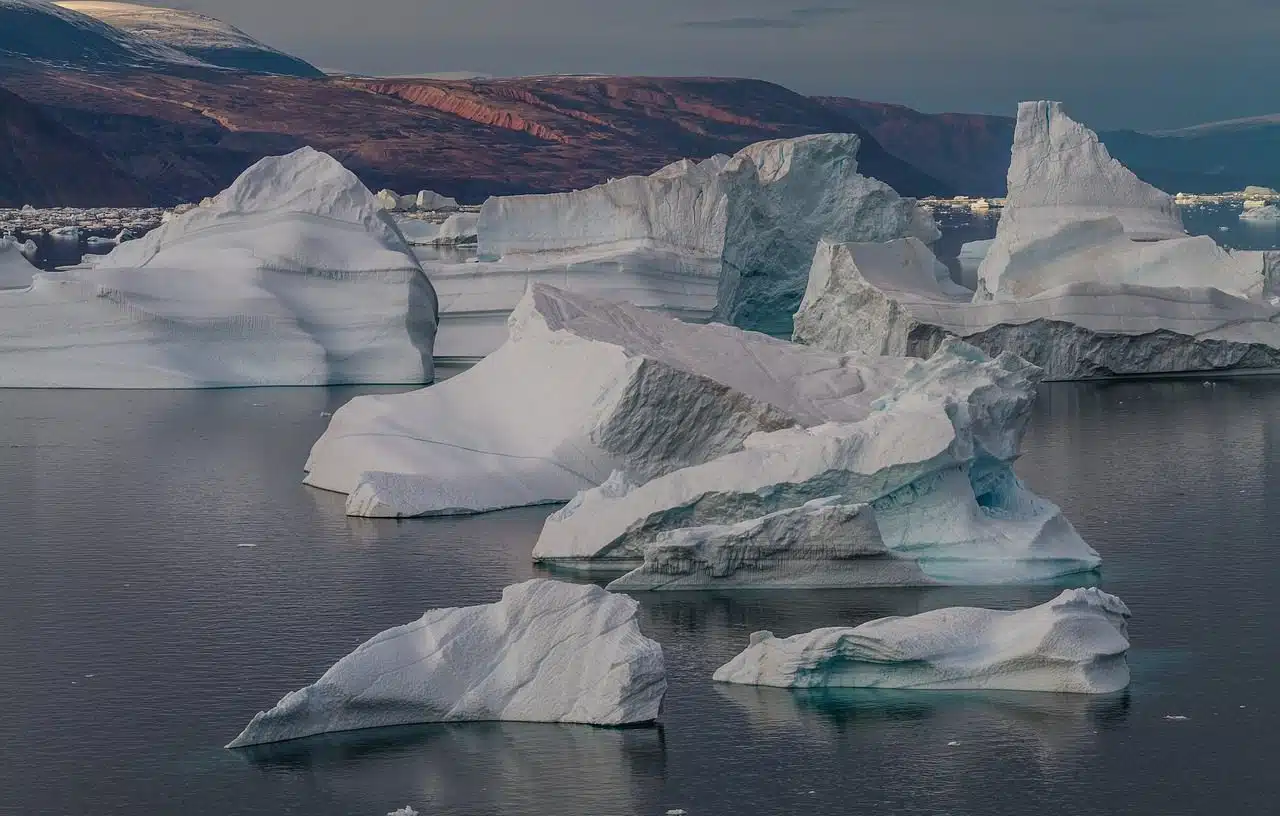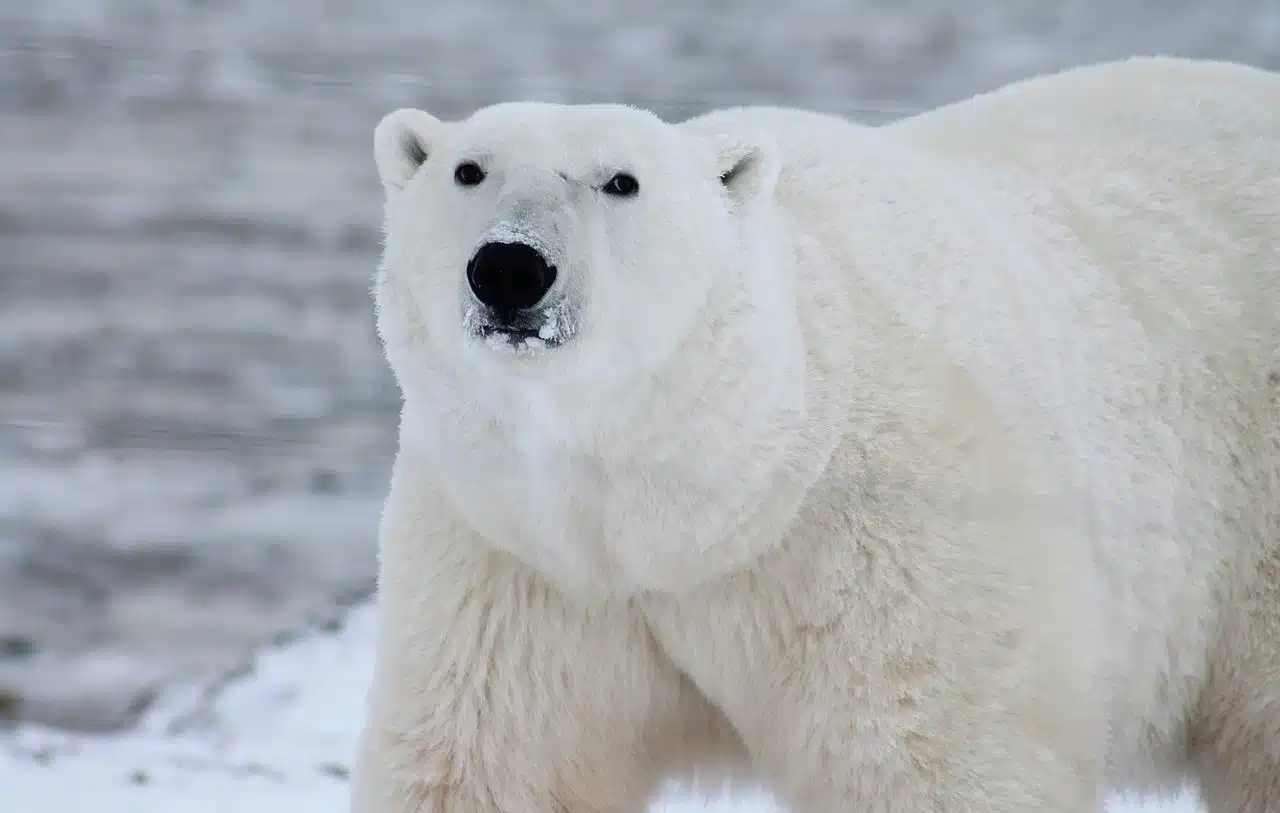
The polar climate is very cold.
Polar is an adjective that is used to name that which is linked to the poles . The concept of pole , for its part, usually refers to the points at which the axis of rotation of our planet intersects with the celestial or terrestrial sphere.
It is possible, from these definitions, to develop various notions linked to polarity. The polar circle is that parallel that is at 66° 33″ 44″ latitude: in the case of northern latitude, it is called the Arctic Circle while, in the southern latitude, it is called the Antarctic Circle .
Polar climate characteristics
Also called a frigid climate , the polar climate has the characteristic of having temperatures below 0 °C almost throughout the year, as well as the absence of humidity in the air, great intensity in its winds and little precipitation, a combination of conditions that makes survival difficult for species like humans.
As its name indicates, this climate exists especially at the poles, being more severe in Antarctica than at the North Pole , with much lower temperatures . Curiously, in the highest peaks in the world, such as the mountains of Alaska or the Andes and Himalayas , the climate is very similar to the polar one.
The polar climate belongs to a classification in which the cold continental climate (typical of the northwest and north of the European continent , the central area of Siberia , Alaska and Canada ) and the mountain climate (in the nearby mountainous regions) are also found. to the Ecuador whose altitude exceeds 3500 meters above sea level or 1000 in cold regions).
On the interior plateau of Antarctica the temperature of the polar night months and those of high sun varies greatly; The difference between summer and winter at the South Pole station, for example, can exceed 30 °C. Regarding its precipitation, it generally occurs in the form of snow and with a lot of wind, which makes its measurement difficult.
In the Antarctic Peninsula, on the other hand, which is the northernmost portion of the continent, these thermal contrasts do not occur and rainfall is less scarce thanks to the passage of frontal systems. To the west the climate is maritime (with less violent temperatures and a higher percentage of humidity) and to the east the temperatures are usually lower and the ocean is covered in ice throughout the year.
The reason that the polar climate is colder than the others is that the sun's rays do not hit the poles as directly as they do on the rest of the planet. Some of the species of polar flora are lichens, bushes and mosses, while its fauna includes the arctic hare and fox and the aforementioned polar bear.

The polar bear is a carnivorous animal.
Various uses of the term
When, in a polar region, light appears in the sky caused by the collision between solar mass and the pole of the Earth 's magnetosphere, a polar aurora is produced. You can distinguish between the aurora borealis (which occurs at the north pole) and the aurora australis (at the south pole).
The polar bear , on the other hand, is the colloquial name of Ursus maritimus , a carnivorous animal of the Ursidae family that has its habitat in polar regions.
Fleece is also known as a very warm fabric that is used to make clothing that protects the person from low temperatures and winter conditions, and even these garments can be called by this term.
